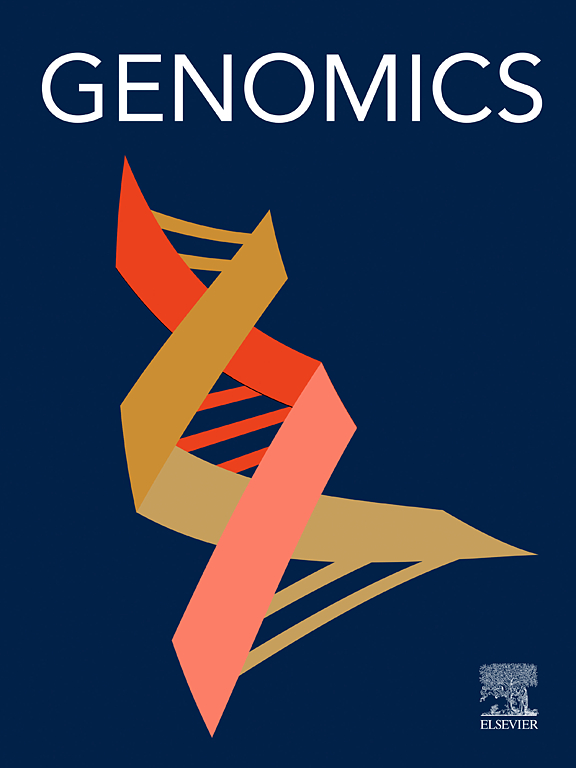Transcriptomic and metabolomic profilings reveal the mechanism of related metabolites and gene regulatory networks of quinoa leaves to Spodoptera exigua feeding during flowering periods
IF 3
2区 生物学
Q2 BIOTECHNOLOGY & APPLIED MICROBIOLOGY
引用次数: 0
Abstract
The transcriptional response of plants to insect attacks involves dynamic signaling and synthetic reprogramming, which change over time. To elucidate the defensive response of quinoa to feeding by S. exigua, quinoa leaves were fed on by S.exigua for 5, 15, 30 and 60 min, and the transcriptomes and metabolomes were compared with those of uneaten control. When S.exigua fed on quinoa leaves for 15 min, the expression of CqMYB44L1 and CqMYB44L2 underwent stronger and faster changes, closely related to jasmonic acid. The quercetin content gradually increased with longer feeding durations, JA content was lowest at 15 min. DEGs were associated with plant hormone signal transduction and alpha-linolenic acid metabolism, which are related to quinoa resistance to S.exigua. Subcellular localization indicates CqMYB44L1 and CqMYB44L2 located in the nucleus and had transcriptional activity. Overexpression of CqMYB44L1 and CqMYB44L2 increased JA content in Arabidopsis leaves, and resulted in JA-mediated resistance to S.exigua feeding.
转录组学和代谢组学分析揭示了藜麦叶片对花期夜蛾取食的相关代谢物和基因调控网络的机制。
植物对昆虫攻击的转录反应包括动态信号和合成重编程,它们随时间而变化。为了阐明藜麦对黑穗病毒取食的防御反应,我们将黑穗病毒取食藜麦叶片5、15、30和60 min,并将其转录组和代谢组与未取食对照进行比较。当S.exigua摄食藜麦叶片15 min时,CqMYB44L1和CqMYB44L2的表达变化更强、更快,与茉莉酸密切相关。随着饲喂时间的延长,槲皮素含量逐渐升高,JA含量在15 min时最低。deg与植物激素信号转导和α -亚麻酸代谢有关,这与藜麦对紫穗病的抗性有关。亚细胞定位表明CqMYB44L1和CqMYB44L2位于细胞核内,具有转录活性。CqMYB44L1和CqMYB44L2的过表达增加了拟南芥叶片中JA的含量,导致JA介导的对紫花苜蓿取食的抗性。
本文章由计算机程序翻译,如有差异,请以英文原文为准。
求助全文
约1分钟内获得全文
求助全文
来源期刊

Genomics
生物-生物工程与应用微生物
CiteScore
9.60
自引率
2.30%
发文量
260
审稿时长
60 days
期刊介绍:
Genomics is a forum for describing the development of genome-scale technologies and their application to all areas of biological investigation.
As a journal that has evolved with the field that carries its name, Genomics focuses on the development and application of cutting-edge methods, addressing fundamental questions with potential interest to a wide audience. Our aim is to publish the highest quality research and to provide authors with rapid, fair and accurate review and publication of manuscripts falling within our scope.
 求助内容:
求助内容: 应助结果提醒方式:
应助结果提醒方式:


